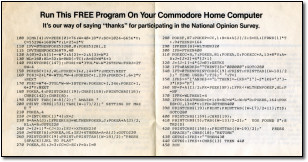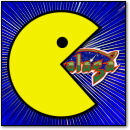Retro Scan of the Week: The First Microsoft Mouse
Monday, March 19th, 2007
I always found it ironic that Microsoft made some of the best mice on Earth, considering the sorry state of their software at times (I remember thinking this in the Windows 98/ME days — Microsoft’s lowest point so far). Whomever is/was in charge of their hardware division really knows what they’re doing, although I think they’ve been slipping up a tad recently by releasing keyboards with weird, nonstandard layouts and too many mouse models with superfluous buttons. But as long as they still sell this baby, (my current mouse of choice), I’ll be happy.
[ From Personal Computing Magazine, December 1983 ]
If you use this image on your site, please support “Retro Scan of the Week” by giving us obvious credit for the original scan and entry. Thanks.















